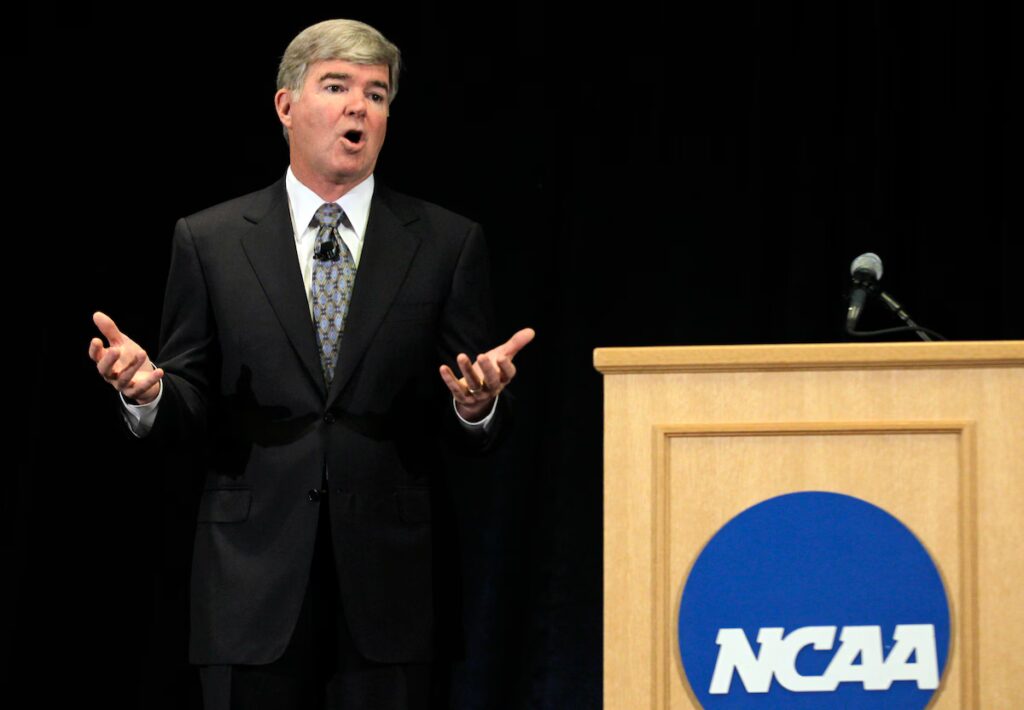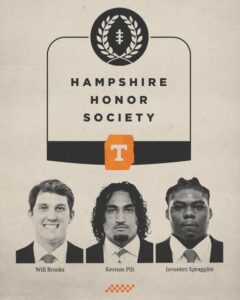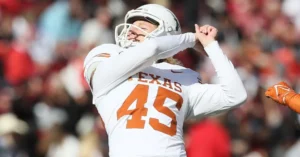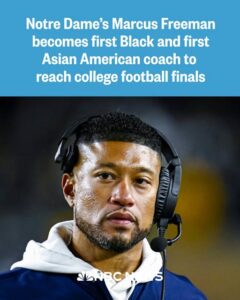
The NCAA (National Collegiate Athletic Association) has long been a cornerstone of American college sports, balancing the dual mission of promoting amateur athletics and supporting student-athletes in their academic endeavors. However, a significant shift has been occurring over the last few years, driven by increasing pressure from various stakeholders, including athletes, universities, and lawmakers. This shift has culminated in a groundbreaking proposal from the NCAA Division I Board of Directors to allow direct financial payments to college athletes.
This proposed change represents a major pivot in the landscape of college sports. Traditionally, college athletes have been prohibited from receiving direct financial compensation beyond scholarships and other institutional support. This new proposal would radically alter that framework, allowing athletes to earn money directly from their athletic performances, which could have profound implications for the future of collegiate athletics. But why has the NCAA reached this point, what does the proposal entail, and what are the broader implications for athletes, universities, and the college sports industry as a whole?
The Evolution of College Athlete Compensation
For decades, college athletes have participated in sports that generate significant revenue, particularly in football and basketball. However, despite the immense financial success of these programs, athletes themselves have not been able to profit from their participation beyond scholarships, stipends, and limited opportunities for other financial aid. This has created a growing disparity between the revenues generated by college sports programs and the financial realities faced by the athletes who contribute to their success.
The rise of college sports broadcasting deals, media rights, and licensing agreements has turned college athletics into a billion-dollar industry. Yet, athletes remained bound by the NCAA’s rules that prohibited them from directly profiting from their name, image, and likeness (NIL), or from receiving salaries for their involvement in college sports. This dynamic sparked significant debates about fairness, with many pointing out that athletes were essentially being exploited while universities, coaches, and administrators benefited from their labor.
In recent years, these debates have been amplified by the increasing visibility of college athletes through social media and other platforms. As the athletes’ profiles grew, so did the demand for more equitable compensation. This culminated in 2021, when the NCAA finally changed its stance on NIL rights, allowing athletes to profit from sponsorships, social media deals, and other ventures. While this was a significant shift, it still did not address the core issue of direct payment for athletic participation.
The growing movement for direct payments can also be attributed to increasing legal pressure. Various court cases, including the landmark O’Bannon v. NCAA case, challenged the NCAA’s rules regarding amateurism. In 2021, the Supreme Court’s decision in NCAA v. Alston was particularly influential, ruling that the NCAA’s limits on educational benefits for athletes violated antitrust law. This ruling was seen as a strong indication that the NCAA’s long-standing policies restricting athlete compensation could be under legal threat in the future.
The Proposed Changes
In response to this shifting landscape, the NCAA Division I Board of Directors has unveiled a proposal that would allow for direct financial payments to college athletes. This proposal marks a major departure from the traditional amateurism model that has governed college sports for over a century.
The proposal, which is still in its early stages, would create a system in which athletes could receive direct compensation for their participation in college sports. This would differ from the current NIL model, which allows athletes to profit off of personal ventures but does not provide a salary for athletic performance itself. While the specifics of the payment structure are still being discussed, several key elements of the proposal have already emerged:
- Direct Payments for Athletic Participation: Athletes would be paid directly by their universities or athletic departments for their contributions to the success of their respective teams. These payments would not be tied to personal endorsements or social media activity but would instead be compensation for the athletes’ role in collegiate athletics.
- Revenue Sharing Model: The payments would likely be tied to the revenue generated by college sports programs. In other words, athletes would receive a share of the revenue generated by ticket sales, broadcasting deals, sponsorships, and other commercial ventures. The specific percentage and amount of this share would be determined based on various factors, including the athlete’s role in the program and the financial performance of the sport.
- Fairness and Equity Considerations: A key aspect of the proposal is to ensure that the payments are distributed fairly across all athletes, regardless of the sport. This could involve creating a tiered payment system based on factors such as revenue generation, but it would also include efforts to ensure that athletes in less lucrative sports are not excluded from receiving compensation.
- Compliance with Title IX: One of the most significant challenges facing any proposal to compensate athletes directly is ensuring compliance with Title IX, the federal law that mandates gender equality in college athletics. The NCAA’s proposal appears to include provisions to ensure that payments to athletes do not result in discriminatory practices and that both male and female athletes have equal access to compensation opportunities.
- Educational and Health Benefits: While the proposal emphasizes direct payments, it is also likely to include continued support for the educational and health benefits that athletes currently receive. Scholarships, academic assistance, and healthcare coverage will remain integral parts of the college athlete experience.
Why Now?
The timing of this proposal is critical. College sports are at a crossroads, and the pressure to adapt to the changing financial and legal landscape has never been more urgent. Several factors have contributed to the NCAA’s decision to consider direct financial payments:
- The NIL Revolution: The introduction of NIL rights has already set a precedent for athletes profiting from their involvement in college sports. While NIL deals provide new opportunities for athletes, they still leave many questions unanswered about fairness and equity in compensation. Direct payments would address some of these issues by providing a more structured and universally accessible form of compensation.
- Legal Challenges: The NCAA has faced increasing legal scrutiny over its compensation policies. The Alston ruling and other legal developments have made it clear that the NCAA’s previous approach may not be sustainable in the long term. The proposal for direct payments could be seen as a proactive response to avoid future litigation.
- Athlete Activism: College athletes have become increasingly vocal about their rights and compensation. High-profile athletes, including those in basketball and football, have used their platforms to advocate for changes to the system. The proposal could be seen as a response to growing demands for reform.
- Increased Media and Sponsorship Revenue: College athletics has become more financially lucrative in recent years, driven by major media rights deals and sponsorship agreements. The new proposal would allow athletes to directly benefit from the financial success of their programs.
- Public Perception: The NCAA has been under pressure to modernize its policies in light of evolving public opinions about fairness and the value of college athletes. Allowing direct payments could help the NCAA improve its image and retain its legitimacy as the governing body for college sports.
Potential Implications
The proposal for direct financial payments to college athletes could have far-reaching consequences for the landscape of college sports. While it represents a significant victory for athletes, it also raises several important questions and challenges.
- Economic Impact on Universities: Direct payments could place additional financial pressure on universities and athletic departments, particularly those that do not generate substantial revenue from sports. Universities may need to find ways to balance fair compensation for athletes with their broader financial constraints.
- Competitive Balance: The new payment structure could create disparities between universities with rich athletic programs and those with less lucrative programs. This could exacerbate existing inequalities in college sports, particularly between power conference schools and smaller institutions.
- Recruiting Dynamics: The introduction of direct payments could change the dynamics of college sports recruiting. High-profile recruits may be more attracted to programs that offer the most lucrative compensation packages, leading to potential imbalances in talent distribution.
- Gender Equity: Ensuring that direct payments comply with Title IX and other gender equity laws will be a significant challenge. The NCAA will need to carefully structure compensation models to avoid creating disparities between men’s and women’s sports.
- Amateurism and Tradition: While the proposal represents a departure from the NCAA’s traditional model of amateurism, it is unclear how this will impact the overall identity of college sports. The amateur model has been deeply ingrained in the culture of college athletics, and some may argue that direct payments could fundamentally alter the spirit of college sports.
The NCAA Division I Board of Directors’ proposal to allow direct financial payments to college athletes is a watershed moment in the evolution of college sports. This change represents a significant shift away from the traditional amateurism model and towards a more modern approach that recognizes the financial realities of college athletics. While the proposal is still in its early stages and many details remain to be worked out, it has the potential to transform the landscape of collegiate sports in profound ways. It will be essential for stakeholders to carefully consider the economic, legal, and ethical implications of such a move, but one thing is clear: college sports will never be the same again.





